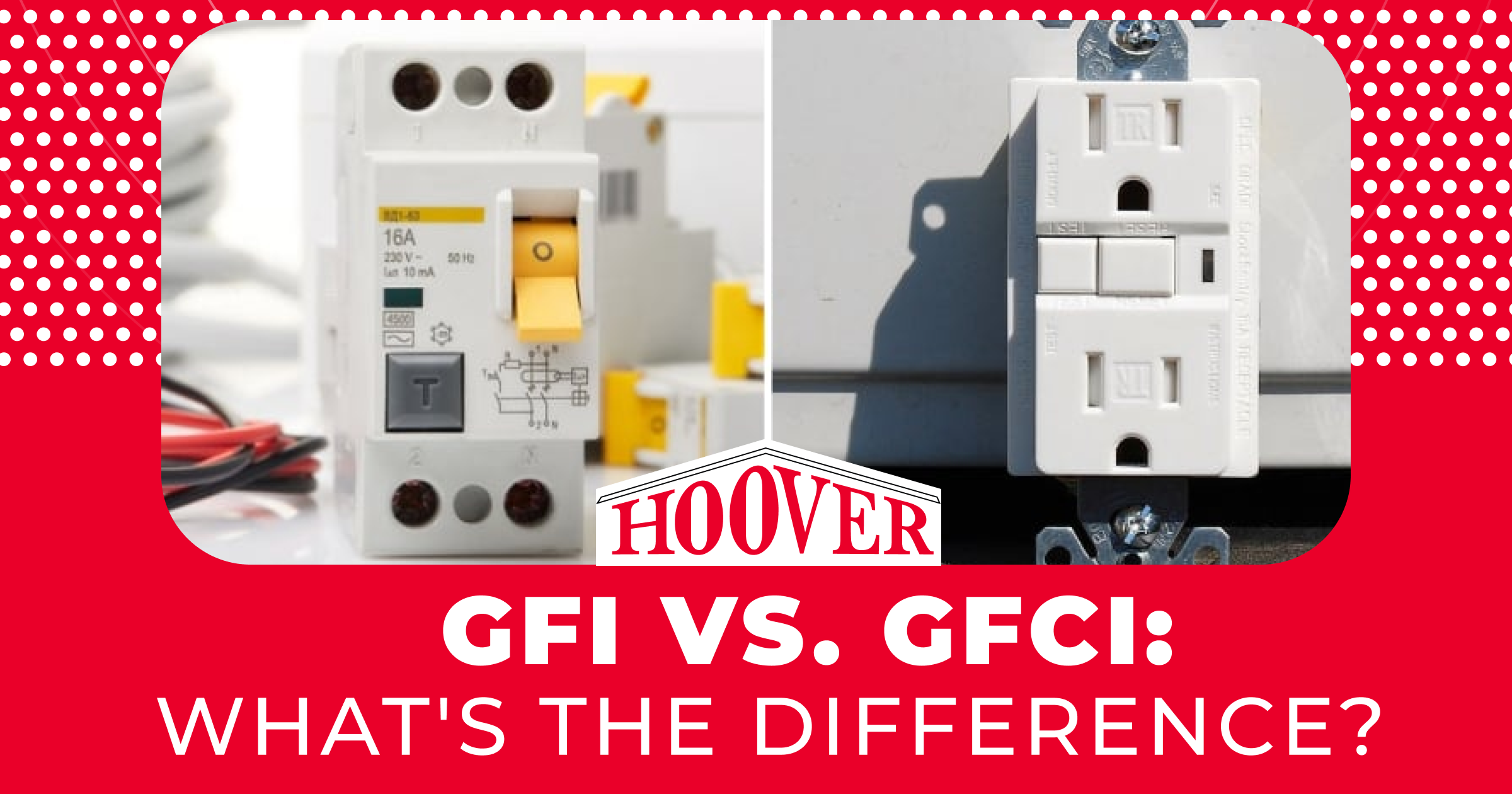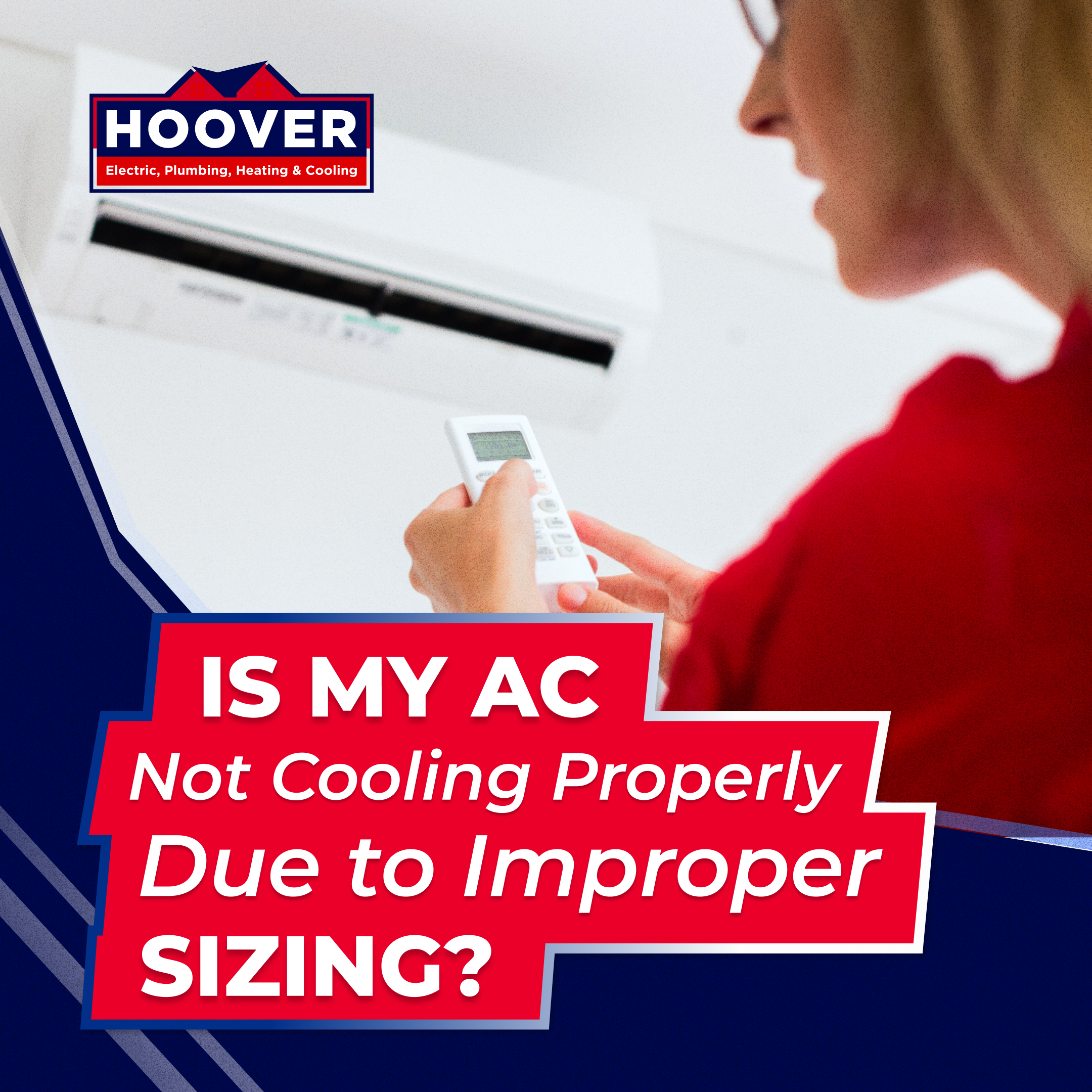
A ground fault is a hazard that can occur in any home or commercial property. It’s an unintentional diversion of electricity from its intended path. If any amount of electricity leaks, it can cause an electric shock or fatal electrocution. Fortunately, specialized devices can prevent injury. In this article, we will discuss the differences between a GFI vs. GFCI.
Those are common terms and here is what they mean:
- GFI – Ground Fault Interrupter
- GFCI – Ground Fault Circuit Interrupter
There is technically no difference between a GFI and a GFCI. It is not incorrect to use the terms interchangeably. But there are subtle differences in how electricians use the terminology on a day-to-day basis.
How a GFI Outlet Keeps You Safe
An outlet that’s designed to be shockproof is often called a GFI outlet. Typically installed in wet or damp areas, such as bathrooms, it monitors the flow of current and can instantly detect current leakage. When this ground fault occurs, it turns off the electricity in that area. Therefore, a GFI is generally considered a local outlet or receptacle; it does not affect upstream circuits or appliances.
Water is a good conductor of electricity. If electricity leaks from a short-circuited appliance or between the energized and neutral parts of a circuit, ample moisture will serve as a new path for electricity, which is oftentimes the human body. The GFI outlet uses the principle that electric current flows from a high-potential part of the circuitry to an area of low potential (electric current takes the path of least resistance to the ground). The outlet triggers in milliseconds to trip the circuit and prevent a shock.
A GFCI In Context
When you compare a GFI vs. GFCI outlet, they’re essentially the same. For larger appliances, it may have a four-prong outlet. Kitchen and bathroom outlets tend to have two small buttons, which may be red and black or all white, that allow you to test and reset the circuit. In the electrical services business, a GFCI can refer to a receptacle in the wall or a circuit breaker at the electrical panel. Meanwhile, a local receptacle with ground fault protection is often called a GFI.
A GFCI circuit breaker in the main panel can protect a single circuit, on which there may be multiple outlets. While you can reset a GFI at the receptacle, a GFCI circuit breaker can only be reset at the panel if the power to that circuit is cut. The difference between the two is mainly in the context in which the terms are used.
Ground Fault Protection Requirements
The National Electric Code now mandates the use of ground fault circuit interrupters. Homes built after the mid-1970s must now have GFI and GFCI protection; before then, injuries and deaths due to electrocution in homes were far too common. In addition to kitchens and bathrooms, a ground fault protection device must be installed within six feet of any sink. You’ll also find them in unfinished basements, garages, laundry areas, and outdoor spaces.
How Long Do GFCI Outlets Last?
A GFCI outlet should last a long time, but any device regularly exposed to moisture can wear out more quickly. Light, heat, frequent surges, sudden intense surges, and chemical exposure can corrupt the outlet as well. We recommend replacing GFCIs every 10 to 15 years, but an outlet can last as long as 25 years.
If the outlet has failed, it will trip frequently or not reset. But to make sure it’s working, test the outlet once a month by pressing the “Test” button. The devices connected to it will then not have power. If they’re still running, then the outlet has failed and must be replaced.
Call Hoover with Your GFI vs. GFCI Questions
If you have more questions about how GFI and GFCI devices work and what the terms mean, we can help answer them. We install ground fault protection systems and can address the causes of short-circuiting, overloading, and electric shocks. Our trained technicians also fix faulty wiring that can put you in danger and aging outlets that are outdated or not working properly. If you need service, call Hoover for outlet installation in Southeast Michigan today!


